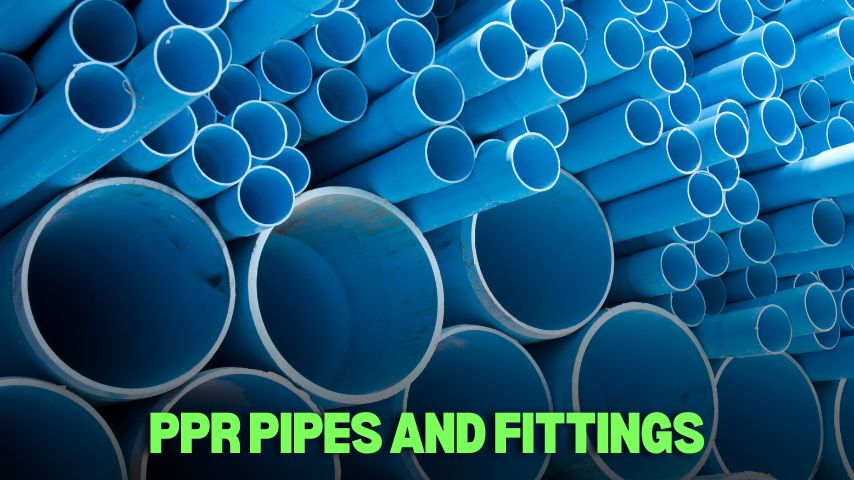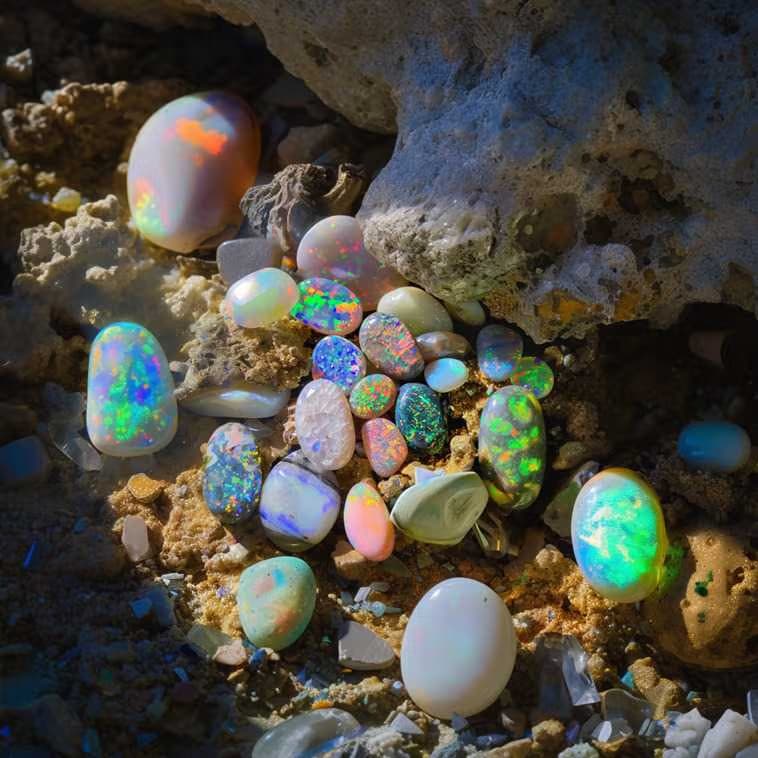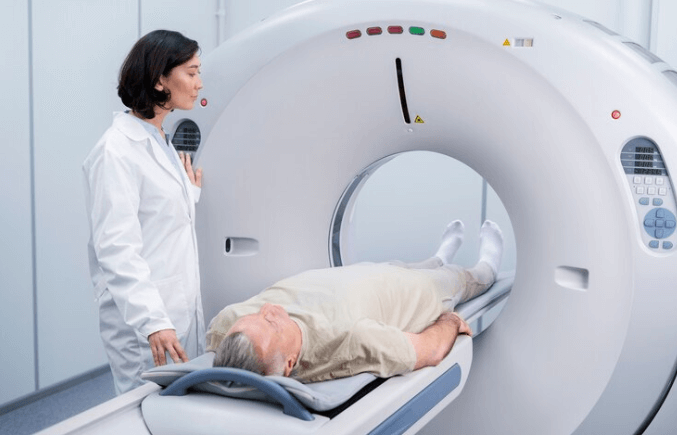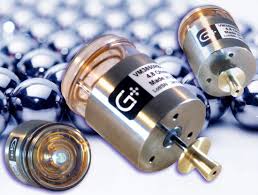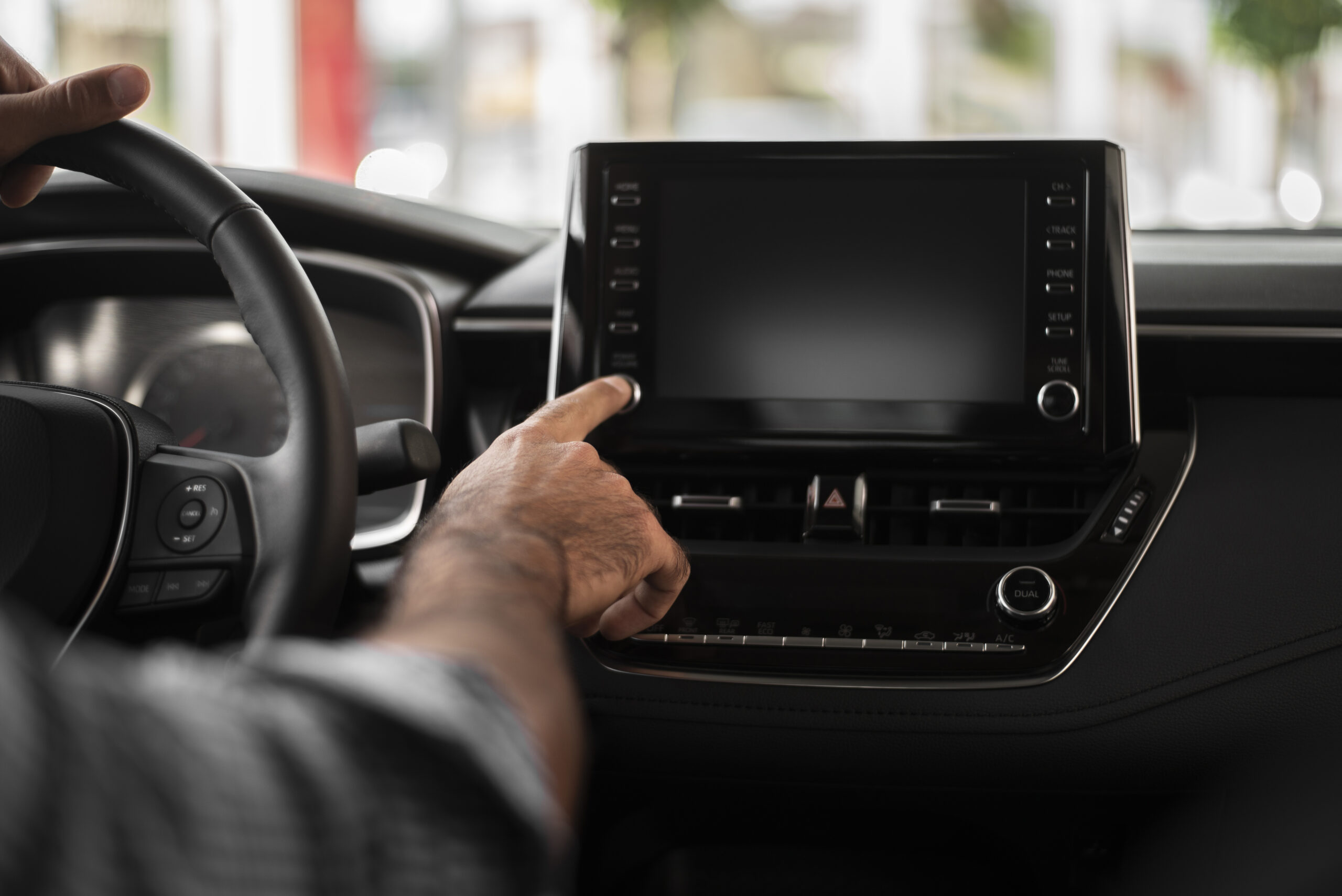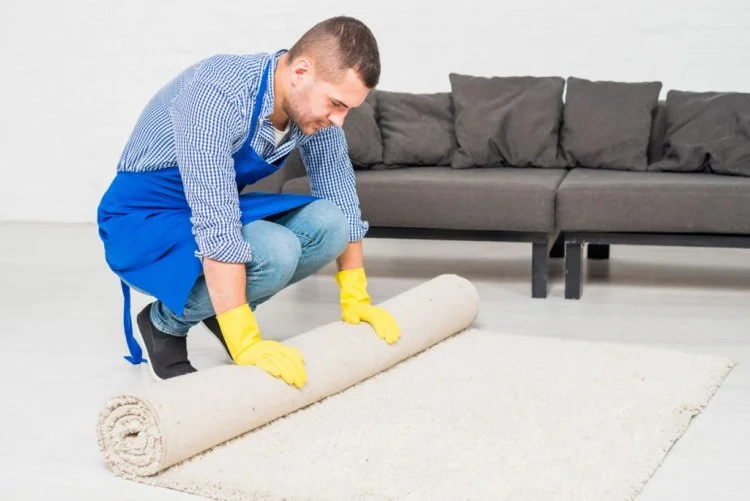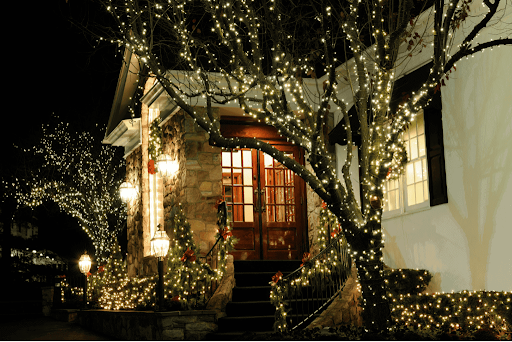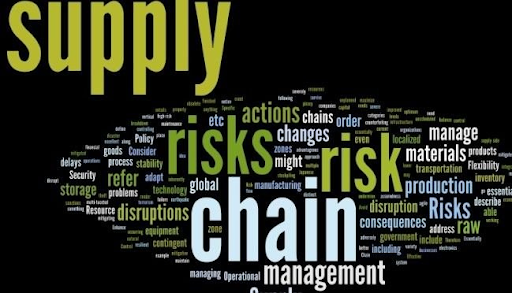In the world of modern plumbing, PPR Pipes and Fittings have become a game-changer, offering unmatched versatility, durability, and efficiency. From residential homes to large industrial complexes, PPR pipes have proven to be a reliable solution for both cold and hot water systems, as well as various industrial applications. This blog delves into the versatility of PPR pipes and fittings, exploring their benefits, applications, and why they are becoming the preferred choice for plumbing systems worldwide.
What are PPR Pipes and Fittings?
Before delving into their versatility, it’s essential to understand what PPR pipes and fittings are. PPR stands for Polypropylene Random Copolymer, a type of plastic material known for its high resistance to heat, chemicals, and physical stress. It is used to carry hot and cold water, and when paired with the right fittings, they form a reliable and long-lasting plumbing system. PPR fittings are essential components that ensure a secure connection between pipes. These fittings come in various shapes and sizes, including elbows, tees, couplings, and reducers, and are designed to withstand the same pressures and temperatures as the pipes themselves.Key Benefits of PPR Pipes and Fittings
PPR pipes and fittings offer numerous advantages over traditional plumbing materials like copper, PVC, and galvanized steel. Some of their key benefits include:- Durability: When installed correctly, their lifespan can extend to 50 years or even longer. This makes them an excellent long-term investment for any plumbing system.
- Resistance to Corrosion: Unlike metal pipes, PPR pipes are immune to corrosion, which is a common issue with copper and steel pipes over time. This resistance ensures that the pipes maintain their structural integrity and avoid blockages due to rust.
- High Temperature and Pressure Tolerance: PPR pipes are capable of handling both high temperatures (up to 95°C) and high-pressure systems. This makes them suitable for a wide range of plumbing applications, including residential, commercial, and industrial settings.
- Environmentally Friendly: PPR pipes are made from recyclable materials and are free from harmful chemicals such as lead or PVC, making them an eco-friendly choice.
- Ease of Installation: PPR pipes are lightweight and easy to handle, reducing installation time and labor costs. They can be fused together using heat, creating seamless joints that are leak-proof.
- Cost-Effective: Over the long term, PPR pipes and fittings offer a cost-effective solution, considering their durability, low maintenance requirements, and ease of installation.
The Role of PPR-C Pipes in Modern Plumbing
Among the different types of PPR pipes, PPR-C pipes stand out due to their enhanced properties. PPR-C refers to a specialized version of PPR pipes that are made with a combination of polypropylene and certain additives to improve their performance. PPR-C pipes offer significant advantages over standard PPR pipes, particularly in terms of their resistance to higher pressures and extreme temperatures. These pipes are ideal for industrial applications and complex plumbing systems that require extra durability and strength. Some key features of PPR-C pipes include:- Increased Pressure Resistance: PPR-C pipes can withstand higher internal pressures, making them suitable for use in systems where water or gas needs to be transported at high pressure.
- Enhanced Heat Resistance: These pipes are specifically designed to handle hot water systems at temperatures exceeding the limits of regular PPR pipes, making them perfect for heating systems in both domestic and commercial settings.
- Longer Lifespan: Due to the added strength, PPR-C pipes tend to last longer than standard PPR pipes, ensuring a longer service life for plumbing systems that use them.
Versatile Applications of PPR Pipes and Fittings
A notable characteristic of PPR pipes and fittings is their adaptability. These pipes can be used in a wide range of applications across various industries, making them an ideal choice for both residential and commercial plumbing systems.Residential Plumbing
In residential plumbing, PPR pipes are primarily used for water distribution systems, both for hot and cold water. Their resistance to corrosion ensures that homeowners won’t have to worry about leaks or degraded water quality over time. Additionally, PPR-C pipes are commonly used in underfloor heating systems, providing efficient heat transfer without the risk of pipe bursting or leakage.Commercial Plumbing
In commercial buildings, PPR pipes and fittings provide a cost-effective and reliable solution for large-scale plumbing systems. These pipes are ideal for use in hotels, hospitals, office buildings, and shopping malls, where high water demand and durability are crucial. PPR-C pipes are particularly useful in these settings, as they can withstand the heavy pressure and temperature demands of commercial plumbing systems.Industrial Applications
The industrial sector also benefits from the versatility of PPR pipes and fittings. Industries that deal with high-pressure fluids, chemicals, and hot liquids rely on PPR-C pipes for their durability and resistance to corrosion. Moreover, PPR pipes are used in food and beverage manufacturing facilities, where hygiene and safety are a top priority.Agricultural Systems
PPR pipes are also gaining popularity in agricultural irrigation systems. Their resistance to chemicals, UV radiation, and extreme temperatures makes them an excellent choice for transporting water in both drip and sprinkler irrigation systems. Additionally, PPR-C pipes can withstand the high pressures that are often required in agricultural irrigation systems.Marine and Offshore Applications
Due to their corrosion resistance, PPR pipes are increasingly used in marine and offshore industries. They offer an ideal solution for transporting water, oil, and gas on ships or oil rigs, where exposure to saltwater and extreme temperatures is a constant concern.Installation and Maintenance of PPR Pipes and Fittings
The versatility of PPR pipes and fittings extends to their ease of installation and maintenance. Unlike traditional plumbing materials, such as copper or steel, PPR pipes do not require special tools or welding techniques for installation.- Heat Fusion Method: PPR pipes are installed using a simple heat fusion process, where the ends of the pipes and fittings are heated and then fused together to form a strong, leak-proof joint. This method ensures that the joints are as durable and reliable as the pipes themselves.
- Low Maintenance: After installation, PPR pipes necessitate very little maintenance. They are resistant to scale buildup, corrosion, and other common plumbing issues, making them a long-term solution for any plumbing system.
- Repair and Replacement: In the event of a leak or damage, PPR pipes can be easily repaired using the same heat fusion method, making replacements quick and efficient.

